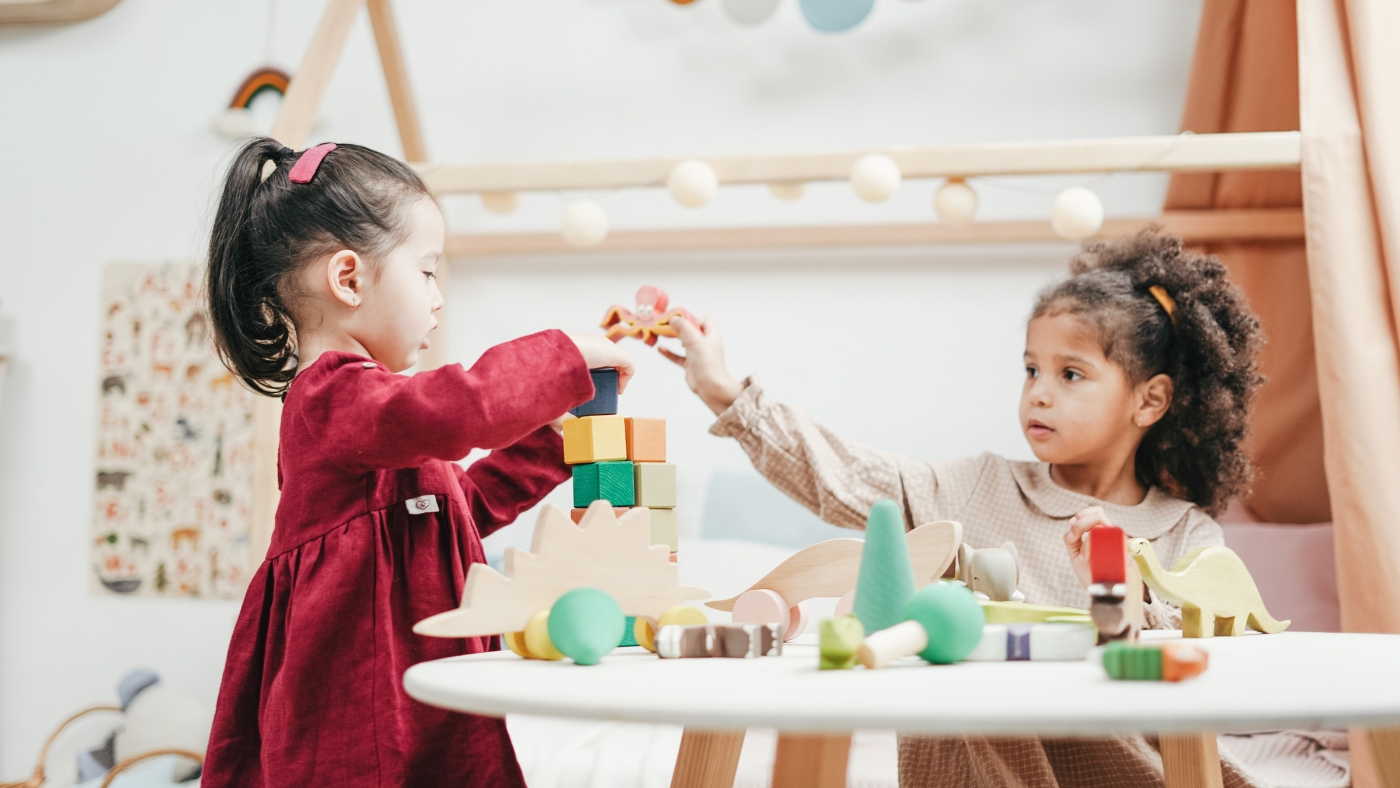
As a toddler parent, you may have heard about Montessori-style education, which focuses on promoting independence and self-directed learning. Did you know that you can apply this same philosophy to your child’s playroom? By creating a Montessori-inspired playroom, you can have a space that supports your child’s development both mentally and physically.
In this blog post, we will explore how to create a Montessori-inspired playroom that will inspire your toddler to explore and learn.
Start with simplicity and functionality
A Montessori-style playroom should follow a “less is more” approach, where each item in the room has a clear purpose and natural materials are preferred. Aim for a simple, organized layout that allows your toddler to move freely and choose their own activities. In other words, avoid clutter and keep things simple and functional.
Focus on hands-on activities and open-ended toys
Open-ended toys are those that can be used in various ways and can spark creativity and imagination in children. Fostering Independent play is the cornerstone to Montessori-style education. These toys might include building blocks, shape sorters, and art supplies. Children should be allowed to touch, manipulate, and explore their toys at their own pace.
Provide a mix of activities to encourage diverse learning
A Montessori-inspired playroom should offer a variety of activities that cover different learning areas, including cognitive, gross motor, fine motor, and sensory activities. You can divide the room into different zones, such as a reading zone, an art zone, a pretend play zone, or an active play area, each with its own set of activities. The objective is to offer a variety of options for your child to discover their abilities and interests, keeping them engaged, challenged, and entertained.
Incorporate natural elements into the playroom
As much as possible, integrate natural elements into the playroom, such as natural wood toys, plants, and even rocks. This helps children connect with nature and learn more about the world around them. You may also add a practical life section that incorporates life skills such as washing dishes and folding laundry.
Make the space accessible
A Montessori-inspired playroom should allow your toddler to be independent in their activities with little to no adult assistance. It’s important to arrange the activities at the height of your child so that they can access them easily, allowing them to learn how to master their movements, skills, and thought processes.
Creating a Montessori-inspired playroom can be a great way to foster independence, creativity, and self-directed learning in your toddler while creating an organized, functional, and captivating space. Remember to simplify, incorporate natural elements, offer a mix of activities for diverse learning, focus on hands-on, open-ended toys, and keep the room accessible for your child.
By embracing this approach, you can provide the best possible environment for your child to grow and learn while playing.



